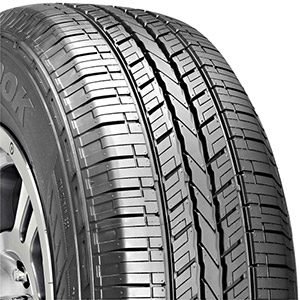different types of garage door bottom seals
Different Types of Garage Door Bottom Seals
Garage door bottom seals play a crucial role in enhancing the functionality and efficiency of a garage door. They serve as a barrier against various external elements, including dust, water, pests, and extreme temperatures. By sealing the gap between the garage floor and the door, they help maintain a clean and comfortable environment inside the garage. Let’s explore the different types of garage door bottom seals, their materials, and their applications.
1. Rubber Seals
Rubber bottom seals are among the most common types used in garages. They are known for their durability and excellent weather resistance. Rubber seals can withstand various weather conditions, including rain, snow, and extreme temperatures. They create a tight seal on the garage floor, preventing water from seeping in during storms. Rubber seals come in different shapes, including T-shaped and U-shaped profiles, making them versatile for various door types.
Advantages - Excellent flexibility and compression. - Superior water and air barrier. - Able to withstand wear and tear over time.
Disadvantages - Can become brittle in extreme temperatures, particularly in areas with very hot or cold climates.
2. Vinyl Seals
Vinyl seals are another popular option for garage doors. These seals are made from polyvinyl chloride (PVC) and are known for their flexibility and resilience. Vinyl seals are less susceptible to drying out compared to rubber, making them ideal for moderate climates. They are particularly effective in preventing dust and small debris from entering the garage.
Advantages - Resistant to fading and low-maintenance. - Easy to clean and install. - Good for preventing dust and small insects.
Disadvantages - May not be as effective against heavy rain or snow as rubber seals.
3. Aluminum Seals
Aluminum bottom seals are less common but can be used for specific applications, such as in commercial garage doors. They are rigid and provide a strong barrier against larger pests and debris. Aluminum seals are often used in conjunction with rubber or vinyl to enhance insulation.
different types of garage door bottom seals

Advantages - Extremely durable and long-lasting. - Resistant to shredding and tearing. - Provides additional security against larger pests.
Disadvantages - Can be more expensive than flexible seals
. - Less effective in compressing against uneven floors.4. Brush Seals
Brush seals consist of bristles mounted on a backing material and are effective at sweeping away dirt and debris as the garage door closes. They are more suited for environments where dust and dirt accumulation is a concern. Brush seals allow for a larger gap tolerance, making them a good choice for uneven flooring.
Advantages - Excellent at keeping dirt and debris out. - Can accommodate irregular surfaces and gaps. - Simple to install and maintain.
Disadvantages - Not as effective in sealing out water or air compared to solid seals. - May require more frequent cleaning and replacement due to wear.
5. Magnetic Seals
Magnetic seals are innovative and primarily used in residential garage doors. They are integrated into the door and use powerful magnets to adhere to a metal plate installed on the floor. This type of seal provides an airtight fit and is highly effective at preventing drafts and moisture.
Advantages - Creates a strong, airtight seal. - Easy to replace when worn out. - Excellent insulation properties.
Disadvantages - Can be more expensive due to the materials and technology involved. - Magnetic force can weaken over time.
Conclusion
Choosing the right garage door bottom seal is essential for maintaining a comfortable and efficient garage environment. Each type of seal has its unique advantages and disadvantages, making it crucial to consider specific needs based on environmental conditions, pest problems, and insulation requirements. By understanding the different options available, homeowners can make informed decisions about the best garage door seal for their needs, improving their garage's functionality and longevity. Investing in the right bottom seal not only enhances protection but also contributes to energy efficiency and overall comfort in the garage space.
-
Silicone Seal Strip: The Ultimate Solution for Your Sealing NeedNewsNov.01,2024
-
Keep the Heat: The Importance of Seal for Oven DoorsNewsNov.01,2024
-
Essential Guide to Corner Protectors for Your FurnitureNewsNov.01,2024
-
Enhance Your Home with Silicone SolutionsNewsNov.01,2024
-
Efficient Maintenance of Melamine Sealing StripsNewsNov.01,2024
-
Comparison of Different Edge Sealing ProcessesNewsNov.01,2024
-
Types of Door Bottom Seal Strips and Their Best UsesNewsOct.25,2024